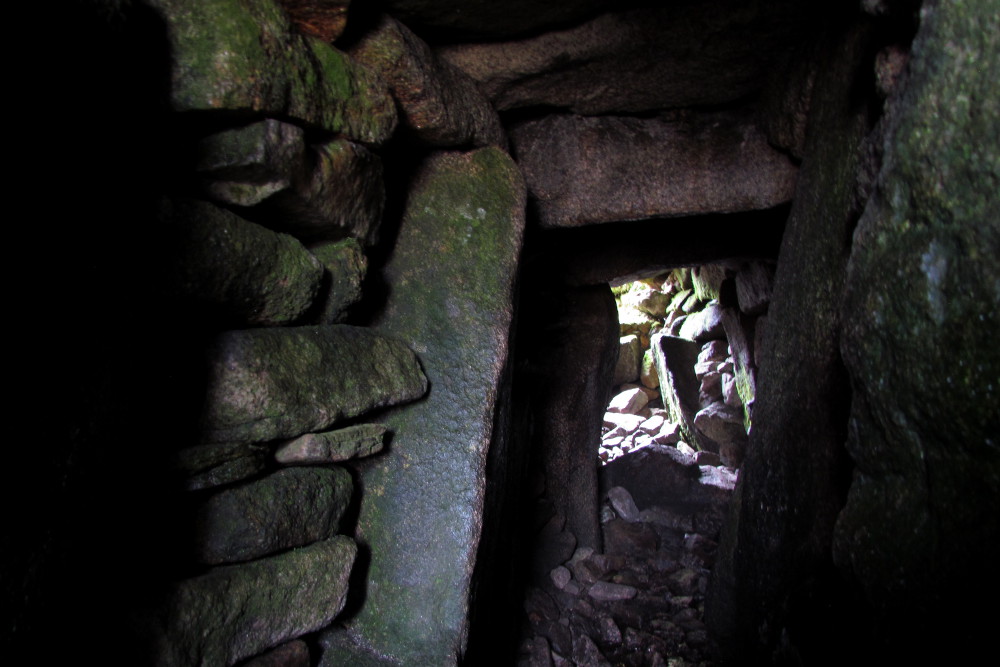Perched atop Suí Finn in the Wicklow Mountains of Ireland, the Seefin Passage Tomb stands as a fascinating link between ancient archaeology and Irish mythology. Estimated to be over 5,300 years old, this remarkable structure not only reveals the sophisticated engineering of Neolithic people but also holds deep connections to Irish legend, particularly the stories surrounding the hero Fionn Mac Cumhaill.
A Mythological Landmark
The tomb’s location on Suí Finn—which means “seat of Fionn”—places it at the heart of Irish myth. According to folklore, Fionn Mac Cumhaill, leader of the Fianna, once hunted in this area. This connection between the tomb and the legendary warrior band underscores the belief that such tombs were seen as gateways to the Otherworld, where the realm of myth and the real world intersected.
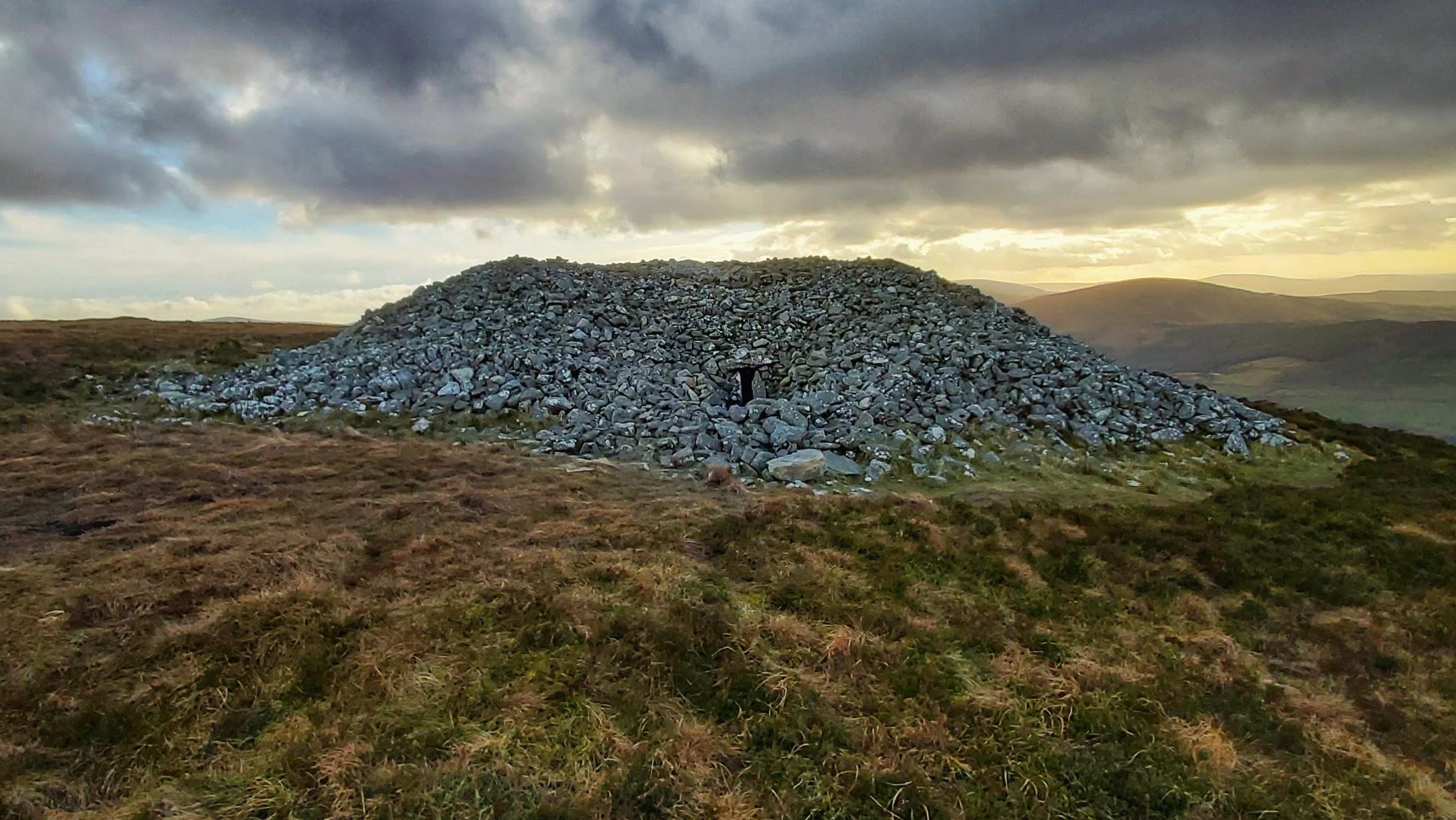
Design and Purpose
The Seefin Passage Tomb features a large stone cairn, about 82 feet in diameter and 10 feet high, with a 23-foot passageway leading to a chamber with five small recesses. Although no human remains were found in the tomb during the 1931 excavation, its sophisticated design suggests it was used for ceremonial or ritual purposes, possibly linked to astronomical events or seasonal changes.
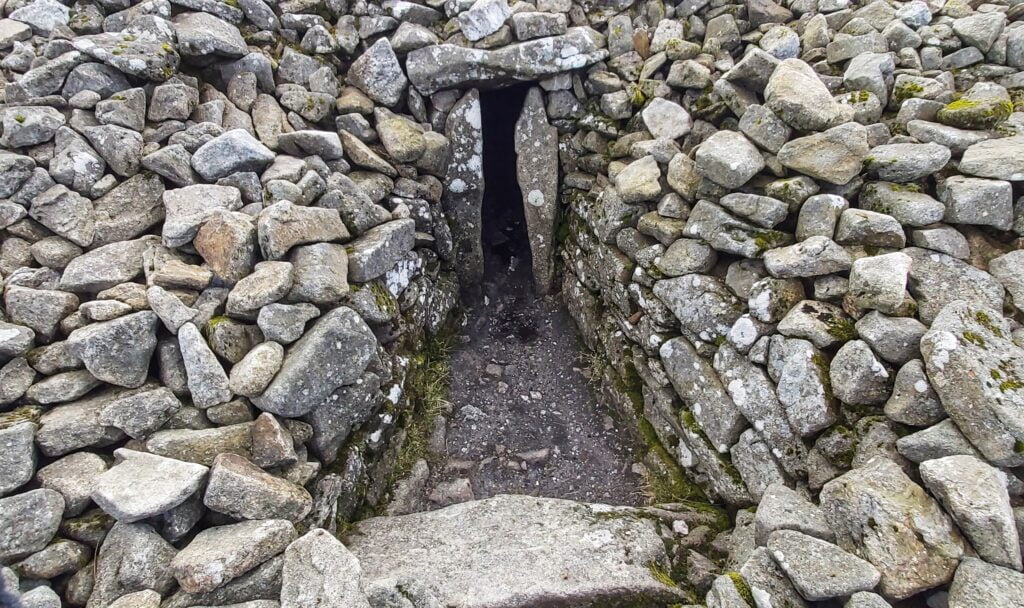
Cultural Significance
While originally built as a burial site, Seefin, like other passage tombs in Ireland, evolved in cultural importance. Over time, the tomb became a symbol of spirituality, believed to be a place where the boundary between the human world and the Otherworld was thin. The tomb’s design, with its precise orientation, reflects the Neolithic peoples’ deep connection to nature and the cosmos.
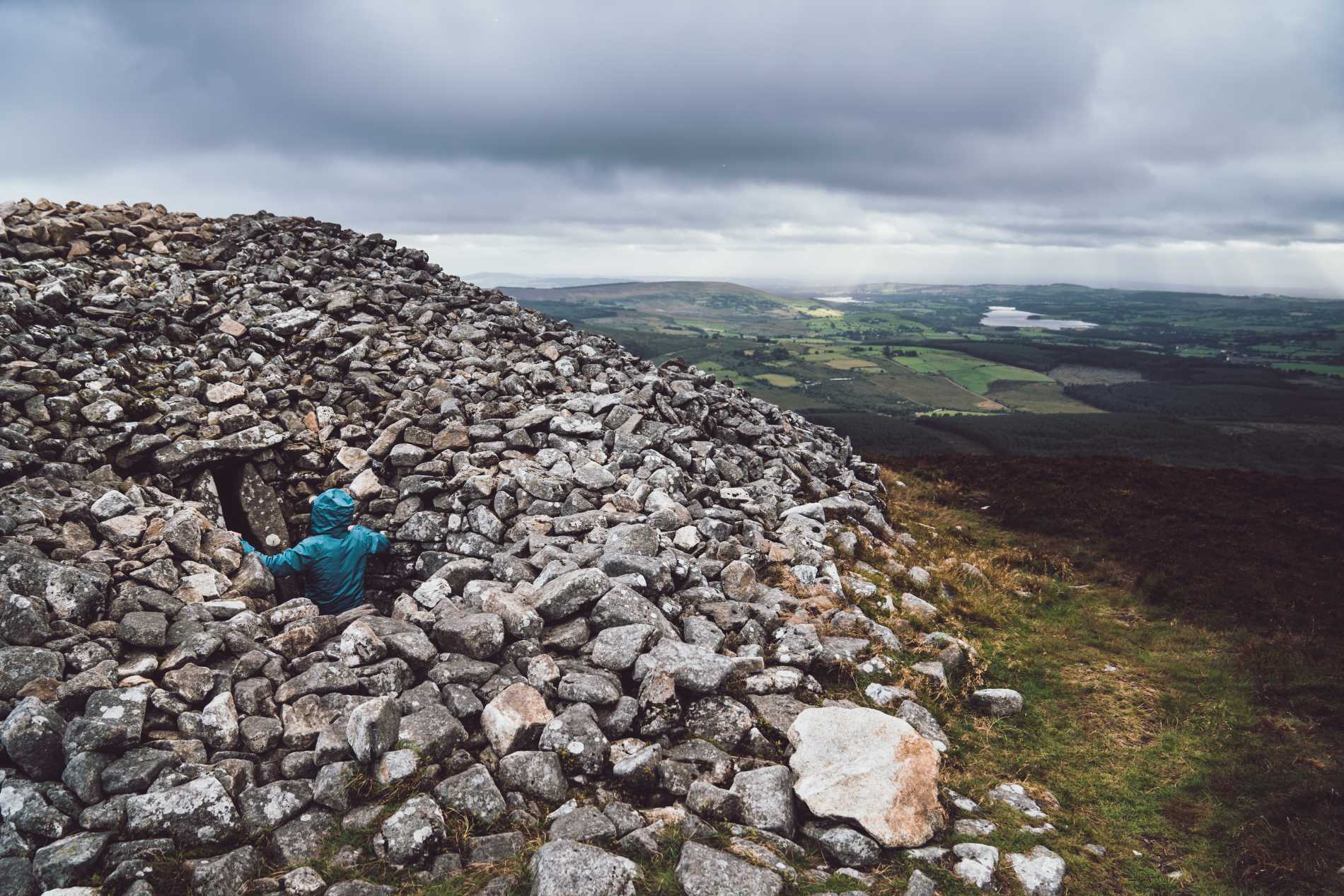
Archaeological Importance
The Seefin tomb is a valuable piece of Ireland’s ancient archaeological puzzle. As a passage tomb, it is part of a wider network of megalithic monuments across Ireland, offering insights into Neolithic society—its rituals, social organization, and engineering expertise. Despite being partially restored, much of the tomb’s history remains shrouded in mystery, prompting ongoing studies.
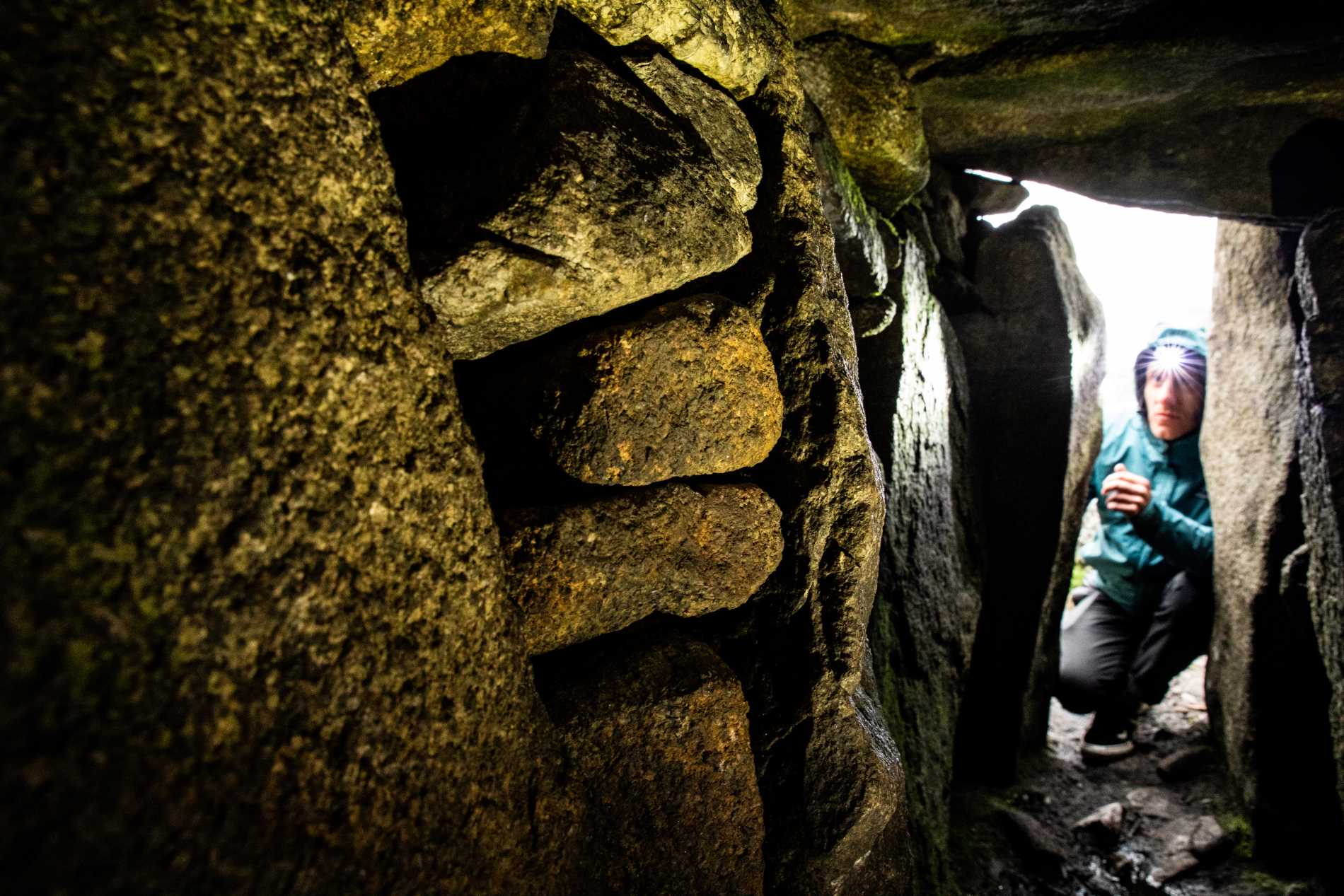
Conclusion
The Seefin Passage Tomb is more than just an ancient burial site. It is a symbol of Ireland’s rich cultural and mythological legacy, blending ancient engineering with the spiritual beliefs of a long-gone civilization. By connecting the tomb to Fionn Mac Cumhaill and Irish folklore, Seefin becomes not only a key archaeological site but also an enduring emblem of Ireland’s mystical past.
